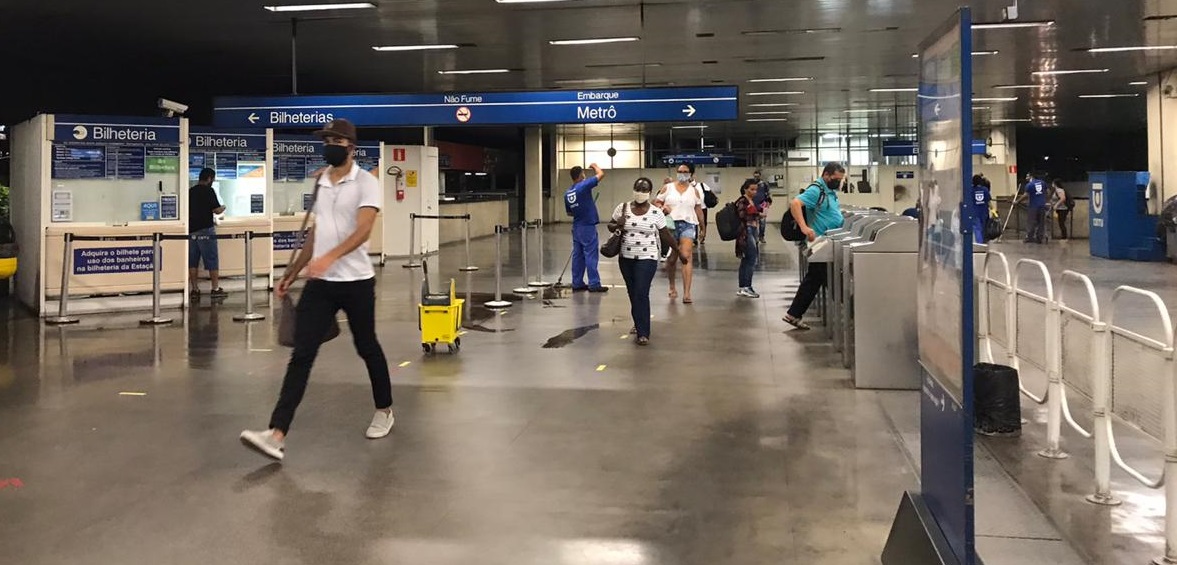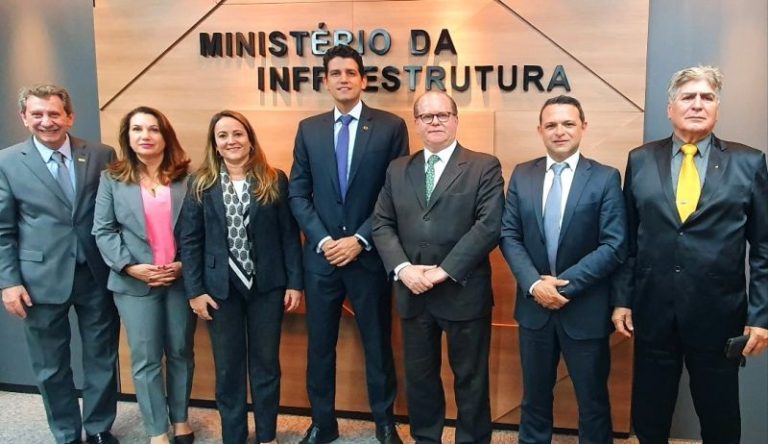By Roberta Marchesi*
Urban mobility is being strongly impacted by the pandemic caused by Covid-19. The subway, urban train and Light Rail Vehicle systems are registering an average weekly drop of 74% in the number of passengers transported, with some systems already registering a reduction of over 90%. This scenario is a reflection of the social distance measures, which are fundamental at this moment to contribute to the reduction of the spread of the coronavirus.
After two months of restrictive circulation measures, gradually, some Brazilian cities are resuming activities. It is not yet known for certain how this adaptation will be, but surely life will not be as before. The way we relate to people, models of work, consumption of goods and services must change and some areas are already in this process. For example, some companies have already signaled the extension of home office until the end of the year; schools are improving their distance learning platforms; and e-commerce grows exponentially.
However, we have to think that these changes are not and will not be homogeneous, both for people and for cities and activities. These changes will have to be thought of in a specific way for each region, respecting the economic and social characteristics.
This new way of living should generate a new scenario for commuting, since the main reasons for traveling in urban centers are for work and study. Mobility will have to adapt to the new reality of society and it will be essential to evaluate urban planning so that transport systems are structured without competition and overlap, operating with physical and tariff integration.
Structural corridors should be designed to develop this mobility-organizing role, with the largest flows being served by high-capacity transport, such as tracks, and the other modes of transport connected to it. In this way, the systems will complement each other, rationalizing management, costs and modes of travel, which generates prospects for reducing the cost of the tariff for citizens and public subsidies for public transportation in general. But, for this, adequate planning is necessary, with well-structured projects.
And this is becoming more and more necessary, since the crisis generated by the coronavirus pandemic is showing the fragility of the transport infrastructure and the need for a new vision in relation to the sector by the government. Transport is an essential service and a constitutional right of the citizen and, at this moment, it is necessary to re-evaluate taxes and sector charges, new forms of financing, among other measures that make transport sustainable, even in the face of an exceptional abnormality, such as the one we are facing.
We defend urban development policies that exceed the terms of political mandates, that are thought for the future, taking into account the different financial, social and, now with the pandemic, also sanitary scenarios.
Today, with the acceleration of the process of changing the behavior of society, these measures will be essential to guarantee new mobility. The guidelines exist and are known. It is now up to the government to open up, in partnership with society, class entities and the private sector, the transformation of transportation infrastructure in Brazil.
* Roberta Marchesi is Executive Director of the National Association of Passenger Rail Operators (ANPTrilhos), Master in Economics and Postgraduate in the areas of Planning, Budget, Management and Logistics.





